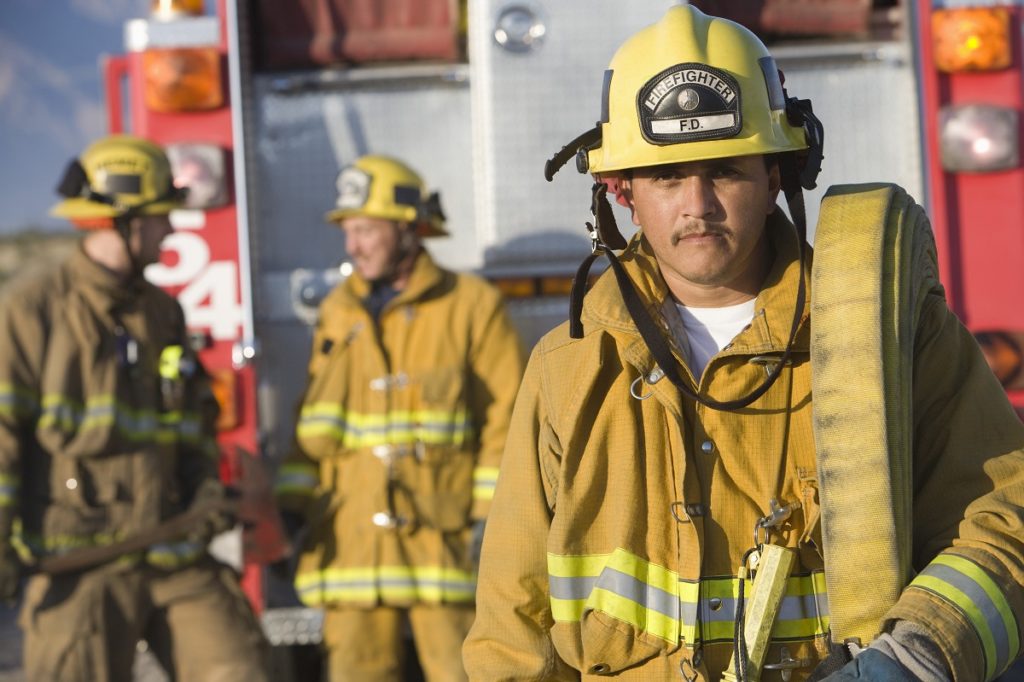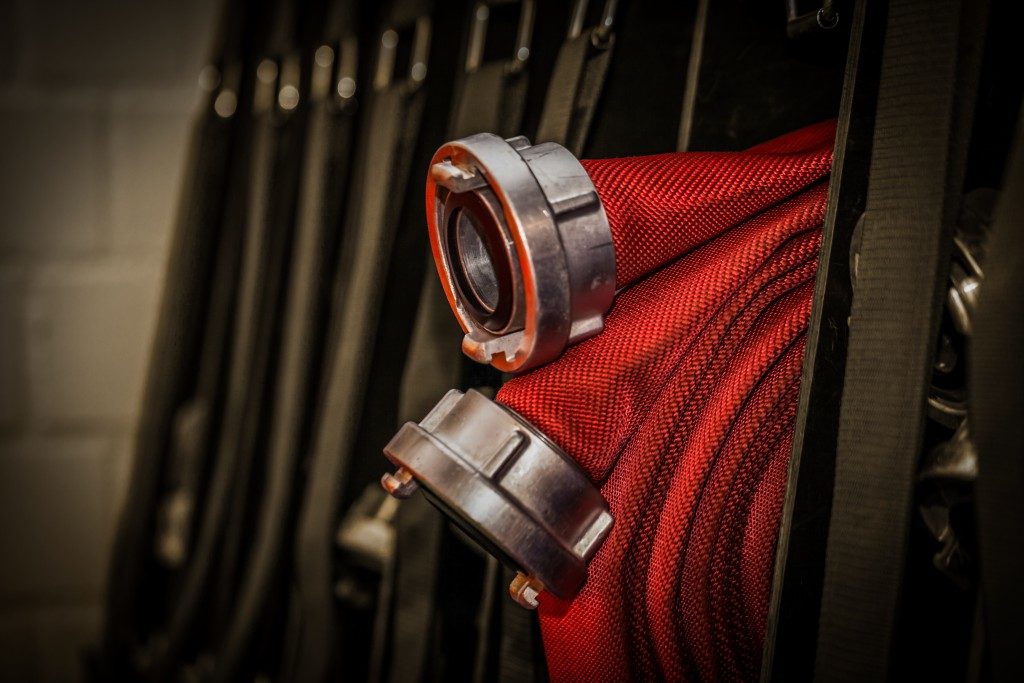While many disasters may plague your property, few will be as devastating as a fire. Unlike most catastrophes, it is often impossible to recover much after a fire. Getting fire protection is not only a legal requirement but also helps alleviate total damage to your property.
Chemical foam suppression systems are some of the leading options sourced from a fire protection services provider. Firefighting foam has been used as the primary agent to extinguish combustible and flammable liquids, because like other extinguishing agents, it works by cooling, separating the source of surface from the surface, and suppressing vapor. It also resists reignition.
Fire needs fuel, spark or ignition and oxygen to exist. Without one of these three elements, also called the Fire Triangle, there’d be no fire. What foam does is isolate the oxygen from the fire or fuel, covering the fuel like a blanket and breaking the fire triangle.
Water, on the hand, is ineffective in suppressing vapor or extinguishing because it will just sink to the bottom when applied to the fuel surface. If the heat is over 212ºF, the water is at risk of boiling below the surface, which will hurl some of the fuel out of the contained and spread the fire. Water is only suitable for fires that involve solid organic substances such as paper, wood, cloth, coal, etc.
For this reason, foam is considered as the chief agent to cool, suppress, and smother fire, while preventing redistribution and reignition.
Here are some of the types of foam used in these fire suppression systems.
AFFF (Aqueous Film-Forming Foam)
This is a synthetic concentrate which comprises fluorinated surfactants that produce a foam blanket which locks out air. Systems which use AFFF produce a vapor film and are designed for extinguishing fires caused by non-polar flammable liquids. The vapor comes in different colors though yellow, amber and clear AFFF are the common ones available.
Alcohol-Resistant AFFF (AR-AFFF)
 This is aqueous film-forming foam with an added polysaccharide polymer. Unlike AFFF, AR-AFFF can be used to extinguish fires caused by non-polar and polar solvents since it forms a membrane which separates the latter from the foam blanket. AR-AFF generally comes in viscous purple, amber, white or yellow colors and is thicker compared to AFFF.
This is aqueous film-forming foam with an added polysaccharide polymer. Unlike AFFF, AR-AFFF can be used to extinguish fires caused by non-polar and polar solvents since it forms a membrane which separates the latter from the foam blanket. AR-AFF generally comes in viscous purple, amber, white or yellow colors and is thicker compared to AFFF.
Protein Foams
These foams are created from the hydrolysis of keratin protein. Protein foams also have additives for the prevention of corrosion and bacterial decomposition. They are used to extinguish fires caused by non-polar flammable unless they are alcohol-resistant. They have a dark brown color and a distinct odor.
Foam suppression systems unlike other firefighting methods cause minimal damage to your items and can safely be used near eatables making them ideal for kitchens. They are also ideal for highly flammable environments like manufacturing plants, and airports. The systems are however only efficient with the right choice of foam from the above for the hazards in your environment. Make sure to contact a fire supression system expert to know which method is best suited to nature of fire at hand.

